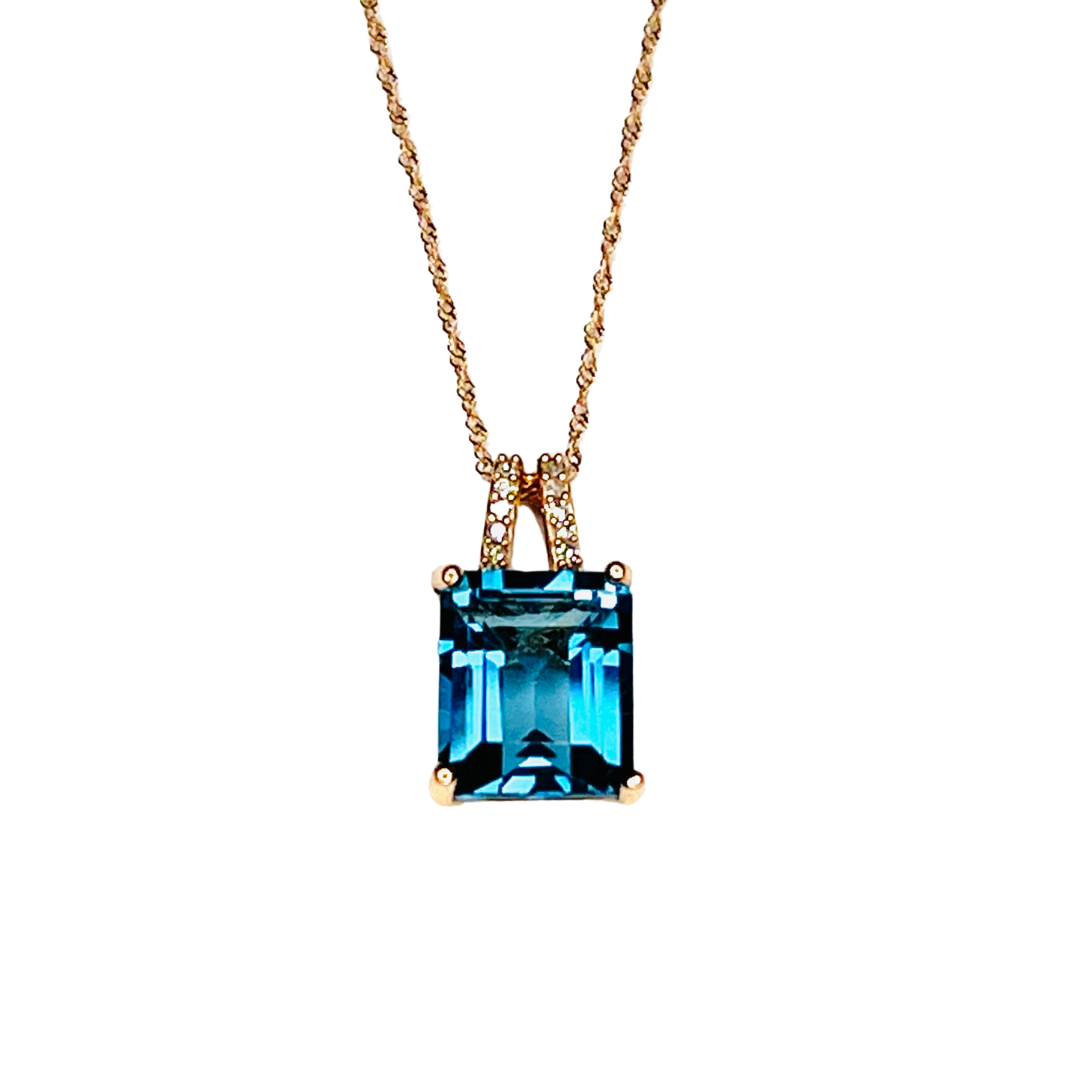
Topaz gemstones are often confused with citrine or smoky quartz; however, topaz come in a wide range of rainbow colors, as well as colorless. The name for this gem dates to biblical times, and its meaning has evolved over time. Its name likely derived from the island of Topazos, in the Red Sea, where Romans found yellowish gems.
Topaz is the November birthstone.
Color
Topaz is a mineral species that occurs naturally in a broad color range including various reds, pinks, purples, yellows, oranges, browns and colorless. Shades of blue are a rarer variety of topaz.Cut
Topaz can be cut into many shapes and sizes, often as faceted gems or cabochons.Origin
Brazil remains an important source for topaz. Other sources include Australia, Madagascar, Mexico, Burma (Myanmar), Namibia, Nigeria, Pakistan, Sri Lanka and the United States.Durability
Topaz is a fairly durable gemstone with a hardness of 8.0 on the Mohs Hardness Scale.Treatments
Topaz is commonly heated to change some of the yellow and reddish brown topaz to create pink gems. The vast majority of blue topaz on the market is irradiated, and heated. Another form of treatment common to topaz is surface coating, which results in many colors. Any treatments should be disclosed to the buyer.Care & Cleaning
- To minimize scratching and wear, store each piece of fine jewelry separately in a soft cloth or padded container.
- Avoid prolonged exposure to bright light as some stones may fade.
- Avoid the use of ultrasonic and steam cleaners.
- Topaz jewelry is best cleaned with warm, sudsy water and a tightly woven microfiber or other soft cloth.
- Take all your fine jewelry to a professional jeweler at least twice a year for a thorough cleaning and inspection.
Find Topaz pieces at a trustworthy, JA Member Jewelry store in our Find a Jeweler directory.
Content © GIA. Image © Robert Weldon/GIA
















